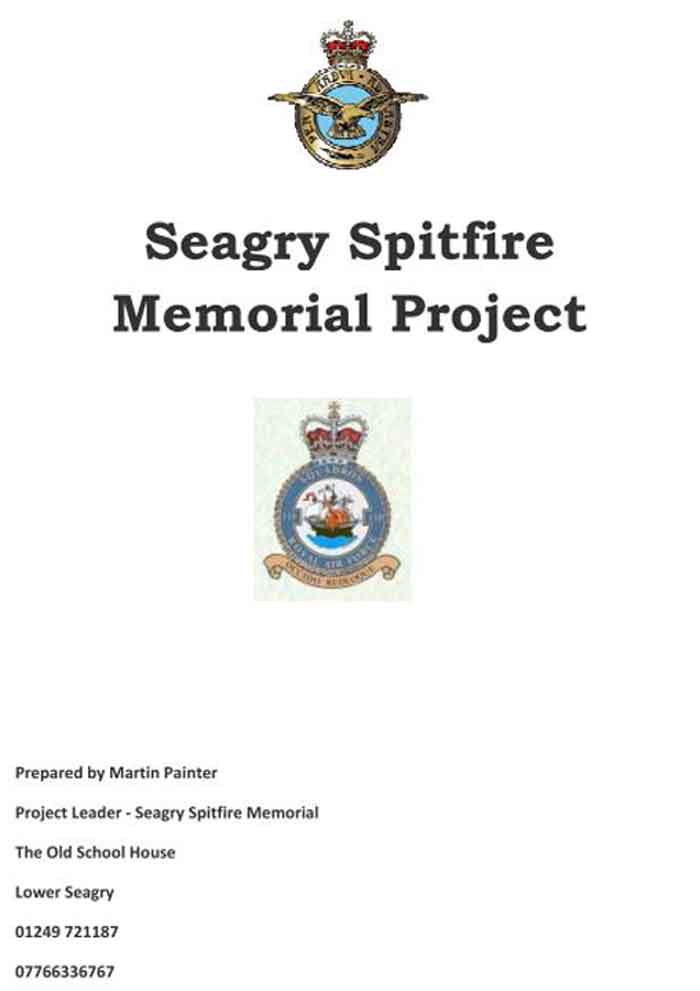
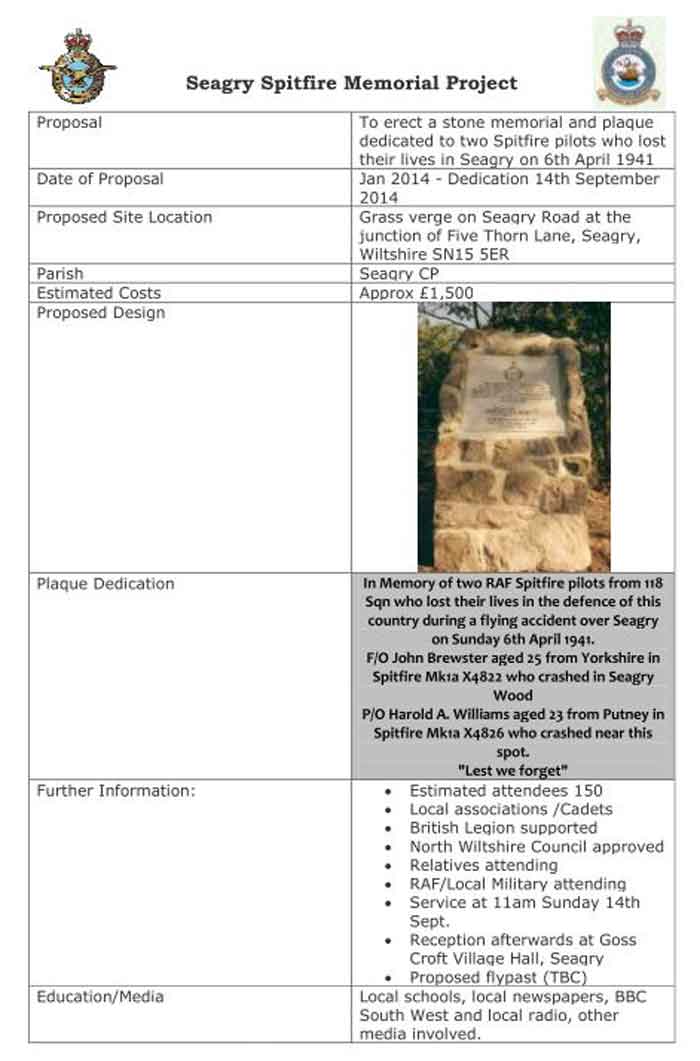
>
The Story
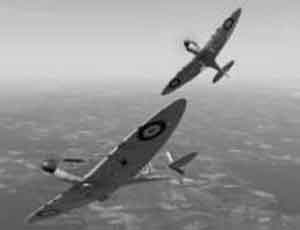
In the summer of 1940 Britain stood alone against Nazi Germany and only the Spitfire and Hurricane fighter squadrons of the RAF could save the country from invasion and defeat. During this historic struggle, 'the few' as Churchill called them were young men with an average age of 20 years, many would not live much past the basic 9 hours afforded for their fighter training. After the Battle of Britain finished in late October 1940, the RAF expanded with more fighters, pilots and new squadrons to both protect the country and lifeline of vital supplies entering the country.
It was one such squadron that was formed in February 1941, 118 Spitfire Squadron based at RAF Filton brought together both Battle of Britain veterans and yet to be operational young novice pilots just out of training. These new squadrons were equipped with the Battle of Britain Spitfire Mk1a, as these were being replaced in front line squadron service with more powerful and better armed Spitfire Mk2s. 118 Sqn started receiving their Spitfire 1s during mid-March and the men set about training and preparing for operational status.
Daily flying for the squadron involved collecting aircraft, practising formation flying and conducting aerial combat manoeuvres over the Wiltshire and Gloucestershire countryside. The squadron had been given orders that it would move to RAF Colerne in early April then shortly afterwards to RAF Warmwell in Dorset followed by a more permanent move to RAF Ibsley near Southampton by the end of April. The major move was scheduled on Monday 7th April 1941and in the preceding days the pilots at Filton were involved in the repositioning of aircraft and equipment to Colerne whilst also squeezing in much needed combat practice.
On Saturday 5th April recently trained Pilot Officer Harold Williams from Putney flew his Spitfire to RAF Colerne and was joined during the day by around half 118 Sqn who had travelled by road. The remaining pilots and squadron personnel including the Flight Commander of 'B' Flight, 25 year Flying Officer John Brewster from Yorkshire remained at Filton and would travel to Colerne on Monday 7th April.
F/O John Brewster was in the process of being promoted to Flight Lieutenant and was described as a very skilful pilot and a popular flight commander. John Brewster had been with 616 Sqn during the Battle of Britain 'one of the few' and had claimed a share of a Heinkel He 111 over the Yorkshire coast on 1st July 1940 and a Me 109 destroyed whilst flying from RAF Kenley on 1st September 1940. He was posted to the new 118 Squadron to bring experience and to oversee half of the squadrons flying as a Flight Commander for "B" Flight.
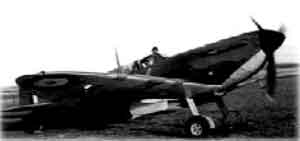
Harold Williams in comparison had very little experience, he joined 118 Sqn following a short stint with 609 Sqn at Biggin Hi II. A posting to a newly formed and currently non-operational squadron would provide Harold Williams, was described by the squadron as "promising but inexperienced", with valuable time to gain vital knowledge and to learn from the veterans who had real combat experience.
On the morning of Sunday 6th April (Palm Sunday) F/O John Brewster took off from Filton in his Spitfire Mk1a X4822 and rendezvoused with P/O Harold Williams in his Spitfire Mk1a X4826, both aircraft were fully armed.
The two Spitfire pilots then conducted a series of 'mock' attacks with John Brewster's aircraft acting as the enemy. During several attack runs, P/O Williams continued to break away too early and was requested to leave the break until much later. This time flying at 2,300 feet and adopting a 1/4 frontal attack position, Harold Williams' Spitfire closed in too rapidly and at a position approximately over Seagry Mill, the two aircraft fatally collided. The starboard wing of Harold William's Spitfire X4826 came into contact with the port wing of John Brewster's aircraft X4822.
P/O Williams' Spitfire X4826 immediately dived into the ground at the end of the bridleway to Seagry Mill exp1oding in flames and killing the pilot. F/O Brewster's Spitfire X4822 continued for a few more seconds finally coming down and disintegrating in Seagry Woods near Barrel Bridge, killing the pilot on impact.
While several Seagry residents were witnesses to the crashes, there was little they could do and teams from RAF Hullavington quickly arrived at the scene of each crash. The 118 Sqn Intelligence Officer drove from Filton to Seagry Mill later in the day to interview local people as part of the enquiry. Later the RAF cleared the site of as much wreckage as possible.
On Friday 11th April, (the day 118 Squadron became fully operational), John Brewster and Harold Williams were laid to rest at St. Giles Church, St. Quintin. The funeral, which was conducted in the presence of their immediate relatives, their Commanding Officer S/Ldr Howell and two fellow pilots, was conducted with full military honours and the funeral party and band were drawn from RAF Hullavington.
The Spitfire crash site of Pilot Officer Harold Williams was excavated in 1992 by the Malvern Spitfire Team to recover any remaining parts and wreckage. The team reported only finding a few small pieces and the site was returned to crops shortly afterwards.
The 118 Squadron move to Colerne and eventually Ibsley went ahead as planned and a few months later the fellow pilots of 118 Sqn appeared alongside David Niven in the wartime film "The First of the Few". Later in the war the squadron was located at a number of bases around the UK achieving many successes and remained active after the war, eventually being disbanded in
1962.
Although these two pilots are buried in Stanton St. Quintin, there are no markers or memorials in Seagry to these brave men who paid the ultimate price serving their country. As the memories of those that fought and experienced the struggle to defend these islands fade, the children of today and tomorrow should have the chance to learn and appreciate the sacrifice these young men made in defence of the freedom we enjoy today. Harold Williams and John Brewster made the ultimate sacrifice right here in Seagry and it would be a fitting tribute to them if a stone memorial was erected and dedicated to these two men close
to the site where Harold Williams lost his life (entrance to the Seagry Mill Bridleway).
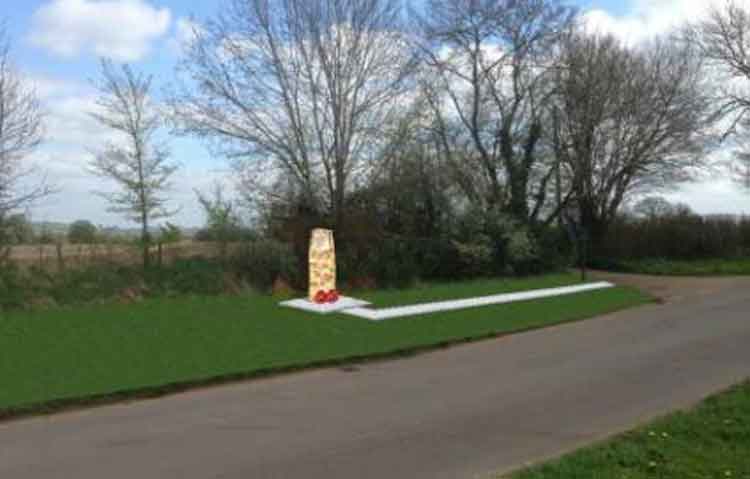
|
|







